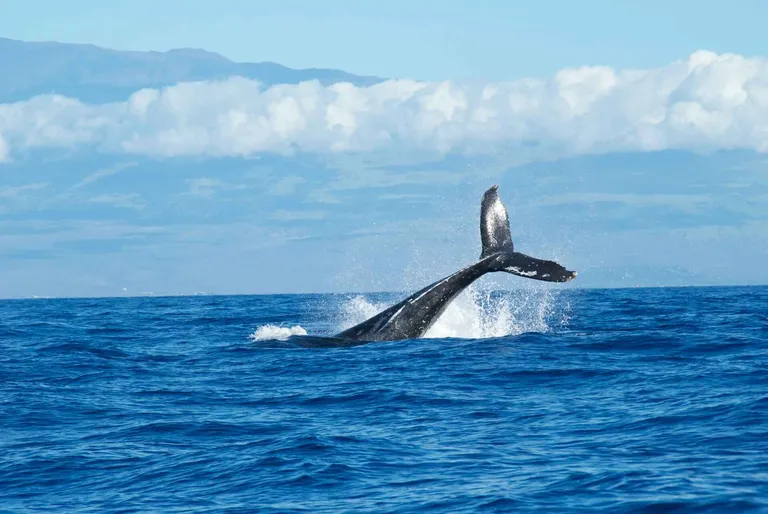Dockerfile
If we want to create an image from a docker file. The docker file is a text file that contains instructions for building a docker image. It defines the base image, sets up the environment, copies files into the image, and installs any necessary dependencies.
It has two parts:
- The first part is the FROM instruction, which specifies the base image to use for the new image.
- The second part is the RUN instruction, which specifies the commands to run when building the image.
Here is an example of a Dockerfile:
FROM node:16-alpine # --- base image --- #
WORKDIR /app # --- working directory --- #
COPY . . # --- copy files to working dir --- #
RUN npm install # --- install dependencies --- #
RUN npm run build # --- build the app --- #
EXPOSE 3000 # --- expose port 3000 --- #
CMD ["node", "dist/index.js"] # --- command to run the app --- #
WORKDIR - Sets the working directory for any RUN, CMD, ENTRYPOINT, COPY instructions that follow it.
RUN - Executes any commands in a new layer on top of the current image and commits the results.
CMD - Provides defaults for executing a container. There can only be one CMD instruction in a Dockerfile.
EXPOSE - Informs Docker that the container listens on the specified network ports at runtime.
ENV - Sets the environment variable.
COPY - Allow files from the Docker host to be added to the Docker image.
To build a docker image from a Dockerfile, use the docker build command.
docker build -t image_name .
To run the container, use the docker run command.
docker run -p 3000:3000 image_name
We can also pass environment variables to the container using the -e flag.
docker run -p 3000:3000 -e DATABASE_URL="postgre_url_here" image_name
Docker Cheatsheet
1. Start a docker container.
- -d : Run container in background (detached mode)
- -p : Publish a container’s port to the host. Here it will map port 27020 of the host to port 27017 of the container.
We are using the latest version of mongo db. There are many images available on docker hub.
docker run -d -p 27020:27017 mongo
2. List all docker images in your machine.
docker images
3. List all running containers on your machine.
docker ps
4. Build a docker image from a Dockerfile.
docker build
5. Push your docker image to a docker registry.
docker push
6. Kill a running container.
docker kill container_id
7. Remove a docker image.
docker rmi image_id
8. Remove a docker container.
docker rm container_id
9. Execute a command in a running container.
docker exec -it container_name_or_id /bin/bash

